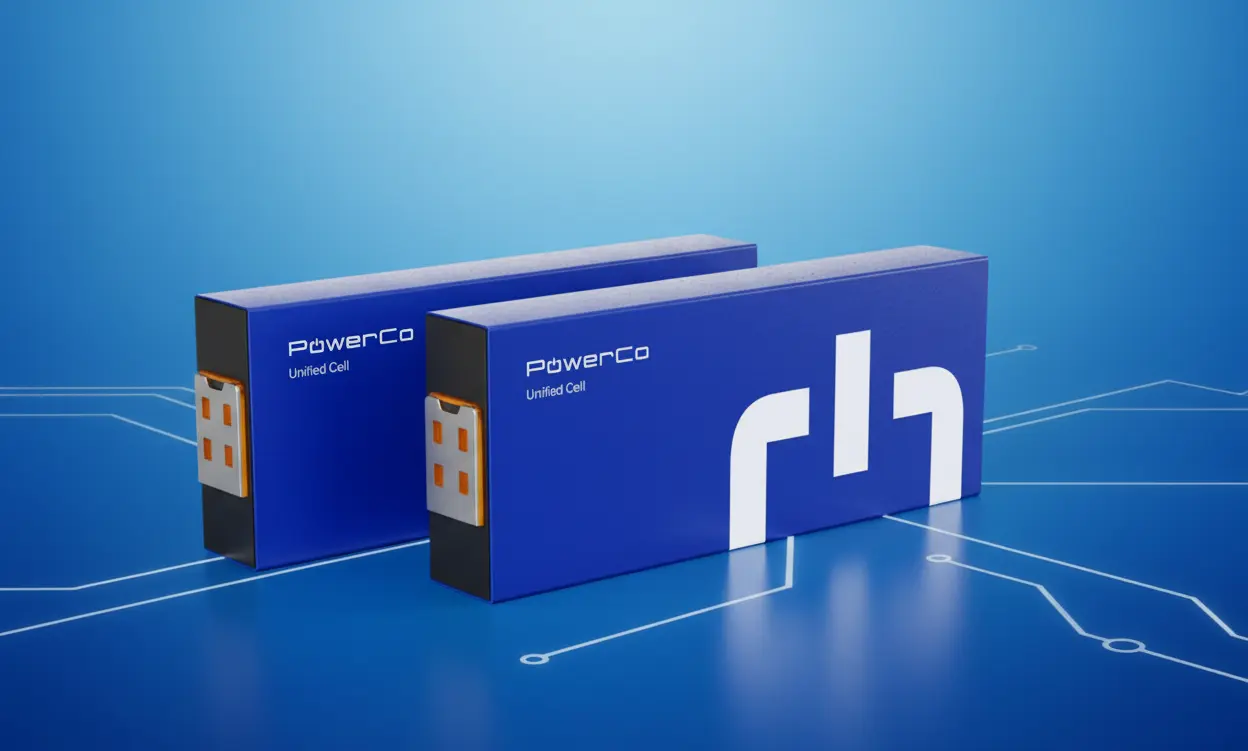When it comes to electric vehicles, battery technology has always been the biggest challenge. Volkswagen, along with its battery subsidiary PowerCo, has introduced a new solution they call the Unified Cell. This cell will power around 80% of the company’s EVs in the coming years and could prove to be a major milestone for the European auto industry.
Design and Style
Volkswagen’s new battery cell is based on a prismatic shape, meaning it is rectangular. The advantage of this design is that different chemical compositions (LFP, NMC, sodium-ion, or in the future, solid-state) can all fit into the same format. With the Unified Cell, battery packs will be installed directly into the car, eliminating the need for modules in between. This saves space, reduces weight, and boosts driving range.
Features and Technology
- Energy density is around 660 Wh/l, which is a 10% improvement over the previous cells.
- The new cell-to-pack technology makes battery installation more efficient.
- Charging time from 10% to 80% will be just 25 minutes (on fast charging infrastructure).
- The expected driving range is about 450 kilometers, which is highly attractive for smaller, budget EVs.
Power Options and Performance
Although the focus here is on the battery cell, its impact is directly seen in the “engine” or electric motors of vehicles. Since the Unified Cell supports multiple chemistries, it can work for everything from compact hatchbacks to premium SUVs and sports cars. For example, affordable cars like the ID. Polo and ID. Cross will likely use the LFP version, while premium brands like Audi or Porsche may rely on NMC or solid-state cells.
Mileage and Efficiency
EV buyers care most about battery life and driving range. According to PowerCo, the new Unified Cell batteries will allow small family cars to achieve around 450 kilometers of range. At the same time, the lighter construction of the battery system will make driving more efficient, meaning longer trips on a single charge with better overall performance.
Price and Market Position
Volkswagen has announced that the first cars based on this technology will start at 25,000 euros (around $29,000). This price point is quite reasonable for budget-conscious buyers, especially as Chinese EVs continue to gain ground in global markets.
The bigger point is that as LFP and sodium-ion batteries become more common, production costs — and therefore car prices — are expected to fall even further.
Also Read
A Glimpse into the Future
Volkswagen and its partner QuantumScape are already working toward solid-state batteries. The company claims that by the end of the decade, these batteries will be available in mainstream vehicles. Once solid-state technology arrives, both charging times and driving ranges could see a revolutionary jump.
Conclusion
Volkswagen and PowerCo’s Unified Cell technology could breathe new life into the European auto industry. It not only promises cheaper and more efficient batteries but also strengthens Europe’s independence in battery manufacturing. If this strategy succeeds, then after 2027, EVs may finally be seen as cheaper alternatives to traditional cars.
